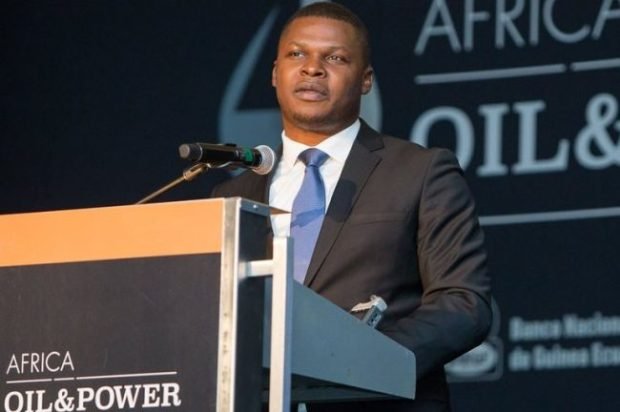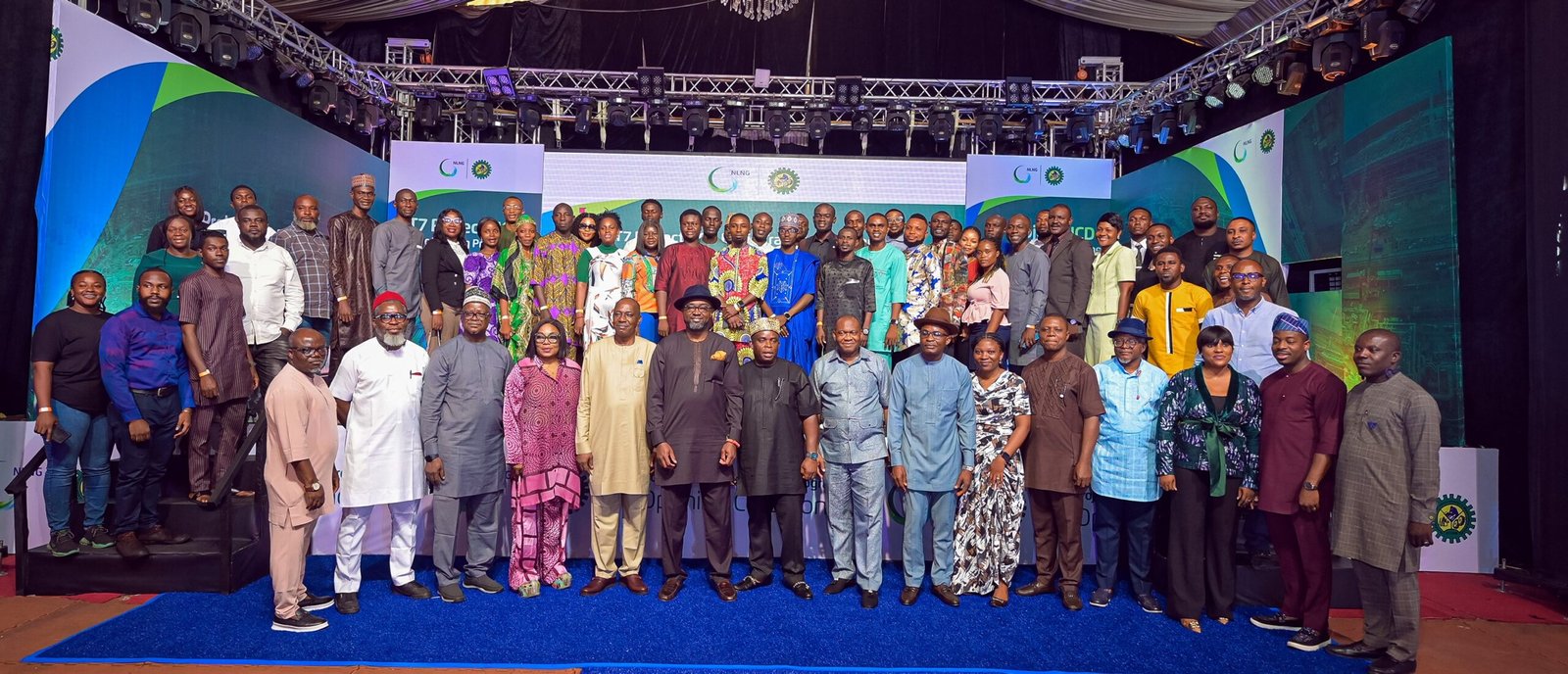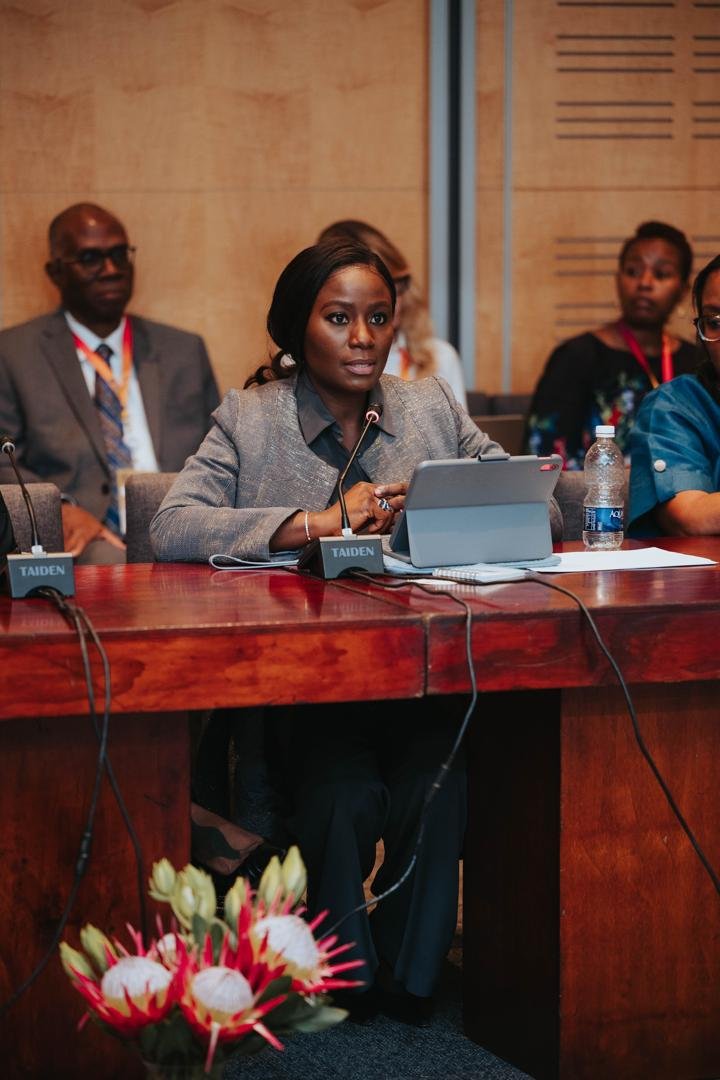South Africa’s Energy Ministry Has His Priorities Right; It’s Time for the World to Respect Them
In a televised speech earlier this summer, South Africa’s Minister of Mineral Resources and Energy, Gwede Mantashe, pushed back strongly against environmental groups’ efforts to block oil and gas production in his country.
Even before his speech, Mantashe has been an outspoken advocate for driving oil and gas production in South Africa, where several major discoveries have been made in recent years. Cumulative output for TotalEnergies’ Brulpadda and Luiperd natural gas discoveries, when developed, are estimated to be 50,000 barrels per day (bpd) of liquids and 125,000 barrels of oil equivalent per day (boepd). These discoveries represent huge opportunities for South Africa to strengthen its economy and build energy security.
But if climate activists were to have their way, South Africa would give up on the idea of oil and gas production. Look at what’s happening with Shell Oil: Environmentalists filed legal action last year that blocked UK-based Shell Oil from conducting seismic tests along South Africa’s Wild Coast — potentially bringing Shell’s hydrocarbon exploration efforts there to a halt.
Mantashe, however, is drawing a line in the sand. Speaking from Johannesburg, he insisted South Africa must balance goals to cut emissions with the need to develop the country’s natural resources and increase access to electricity.
These statements were not well received by those who want the country to move away from fossil fuels. But for anyone, of any nationality, who’s arguing that South Africa shouldn’t produce its oil and gas resources, Mantashe’s remarks provide a reality check.
“We can’t be only about decarbonization,” he said. “We must deal with energy poverty. We must never allow ourselves to be encircled by the developed nations who fund lobbyists to pit our country’s developmental needs against their own self-serving protection of the environment. Our country deserves an opportunity to transition at pace and scale determined by its citizens.”
I couldn’t agree more.
Mantashe Is Right
The African Energy Chamber (AEC) wholeheartedly endorses Minister Mantashe’s stance. South Africa needs to use its natural resources to address energy poverty and grow its economy, as do countries throughout the continent.
As the executive chairman of the AEC, I have warned that a premature transition from fossil fuel production to renewable energy will leave hundreds of millions in Africa quite literally in the dark.
It is wrong for Western environmental lobbies to interfere with Africans’ chance to build a better future with their oil and gas resources — just as the environmentalists’ home countries have. Renewable energy sources like wind, solar, and green hydrogen will not be enough to fuel industrialization in Africa’s countries. They’re not enough to address Africa’s massive energy poverty.
South Africa — and the African continent — should have the freedom to use every resource at its disposal to bring reliable energy to its people.
Looking at our continent, energy poverty remains a pressing problem in 2023, particularly for sub-Saharan Africa. According to the World Bank’s data, electricity deprivation varies widely from country to country, with 10.7% of South Africans and 49.4% of all sub-Saharan Africans without electricity, a total of approximately 600 million people.
The contrast between sub-Saharan Africa and most of the world is so stark that this region can be seen in a nighttime NASA photo as a swath of the southern globe sitting in near-complete darkness.
Energy Poverty Adversely Affects Health
While minimizing greenhouse gases will be necessary around the globe to prevent catastrophic climate change, African countries should not be expected to take those measures on the same timetable as wealthy Western nations. In sub-Saharan Africa, far too many people face the more pressing problem of air pollution — air pollution in their own homes — every time they’re forced to find alternatives to electricity to fuel their cooking.
The poorest cook and heat with crop waste and animal dung, while those who can afford it use coal. All of these fuels, burnt on open fires or in rudimentary stoves, expel toxic chemicals and smoke, making indoor pollution much worse than outdoor levels found in the world’s most polluted cities.
I call attention to this in my new book “A Just Transition: Making Energy Poverty History with an Energy Mix,” citing 1.5 to 4 million annual deaths worldwide — most among women and children — from illnesses and accidents caused by cooking with these fuels. Diseases and injuries traceable to these include burns, pneumonia, COPD, and lung cancer. Children are harmed even before they are born, and stillbirths increase.
Neither kerosene nor wood provides answers. Kerosene fumes are linked to lung cancer, pneumonia, heart disease, and other health problems, and kerosene lamps are a major cause of house fires. Even where wood is available, its use hastens the decline of African forests and substantially contributes to greenhouse gas emissions.
Even worse than indoor air pollution, the World Health Organization has named “unsafe water, hygiene, and sanitation” the largest environmental health risk factor and highest cause of mortality on the African continent. Lack of access to clean water affects some 45% of residents of sub-Saharan Africa. This problem, also, is tied to energy poverty because the region lacks energy-based technologies to purify and distribute water.
Energy shortages even pose a risk for those seeking treatment in a hospital or healthcare facility in sub-Saharan Africa. Only 28% have reliable power, so treatment must sometimes be done without electric-powered lights and modern equipment. Continual climate-controlled storage of blood, medications, and vaccines is impossible.
Energy Poverty Impacts Economic Growth
Not only is energy poverty a huge public health risk, but it also impedes African countries’ abilities to create better lives for their people.
Economic growth in sub-Saharan Africa slowed to 3.6% in 2022, from 4.1% in 2021. It is projected to slow to 3.1% in 2023, starkly highlighting the need to raise the region out of energy poverty. True, energy poverty isn’t the only factor at play, but it is a significant one.
Habitat for Humanity makes the connection clear, stating, “Insufficient energy usually translates into the impossibility to develop agriculture and manufacturing, thus keeping the poorest countries trapped in a vicious circle: they cannot afford the energy that can drive them out of poverty.”
Even where electricity is available, it is costly. A recent World Bank article revealed that sub-Saharan African consumers pay up to 20-50 cents per kilowatt-hour against a global average of around 10 cents.
“Most economic activity is impossible without adequate, reliable, and competitively priced modern energy. This is why access to energy is so important in the fight against poverty,” the Word Bank stated.
For Africa’s industrial sectors to grow significantly, access to reliable, affordable energy is key.
Natural Gas Must Be Part of the Solution
As I have said before, the petroleum sector has created more African jobs and revenue than any other industry. It has increased life expectancy, lowered infant and maternal mortality rates, and helped fight malaria.
Natural gas in particular holds promise for extending these improvements to the lives of millions more Africans: Gas-to-power programs can help deliver electricity to more Africans, which would allow them to replace harmful cooking fuels, access clean water, and enjoy the benefits of industrialization and economic growth.
As electrification progresses, solar, hydrogen, and wind power will be part of the African energy mix. But growing that mix — and building the necessary infrastructure to transmit and store renewable power — will require time and capital. By monetizing natural gas production, and using natural gas as feedstock for chemical and fertilizer manufacturing, African countries can generate some of the revenue necessary to build that infrastructure — and create more job and entrepreneurial opportunities for their people.
As I’ve stated more than once, combining natural gas and renewables can help Africa transition to a sustainable future with natural gas providing reliable, flexible power that supplements intermittent renewables.
South Africa Needs to Use Its Natural Gas
Approximately 80% of South Africa’s electricity is produced by burning coal, but with the recent discoveries there, the country has massive natural gas potential.
This potential must not be thwarted by environmental groups blocking oil and gas exploration and production, as Minister Mantashe said so eloquently in his speech. The lawsuits against Shell must not set a precedent that impacts the development of the Brulpadda and Luiperd discoveries.
The sound and fury coming from Greenpeace and other anti-fossil fuel groups who object to the use of 3-D seismic studies (sound waves) to quickly locate and map oil and gas reserves are misguided. Claiming harm to marine life, environmentalists cited a beached whale and dead fish that appeared on shore during a seismic study Shell carried out before the ordered shutdown. However, as I’ve written, none of the considerable research into the impact of seismic surveys on marine life, including fish and marine mammals, has indicated any direct physical injury or biologically significant negative impacts.
Mantashe is right to stand up for ongoing hydrocarbon exploration and production in his country. Natural gas can provide reliable, clean energy for South Africa, while liquefied natural gas (LNG) exports generate income to help finance the country’s transition toward renewables.
South Africa has marked out a path forward in its Integrated Resource Plan, calling for technology generating 6,000 megawatts (MW) from combined-cycle gas turbines, including 3,000 MW from LNG-to-power, 726 MW from gas-to-power, and 1,500 MW from non-specified gas. This plan can make a world of difference to many South Africans’ quality of life.
With this in mind, the Western schedule for transitioning to renewables cannot be South Africa’s schedule, nor can it be the continent’s schedule.
I urge the international community, especially climate activists, to respect Mantashe’s words: Environmental concerns must be balanced with the development of South Africa’s hydrocarbon resources. Until energy poverty is resolved, reducing emissions cannot be any African country’s sole priority.
The 2023 theme for the AEC’s 2023 African Energy Week (https://AECWeek.com) sums it up: “The African Energy Renaissance: Prioritizing Energy Poverty, People, the Planet, and Free Markets.”







